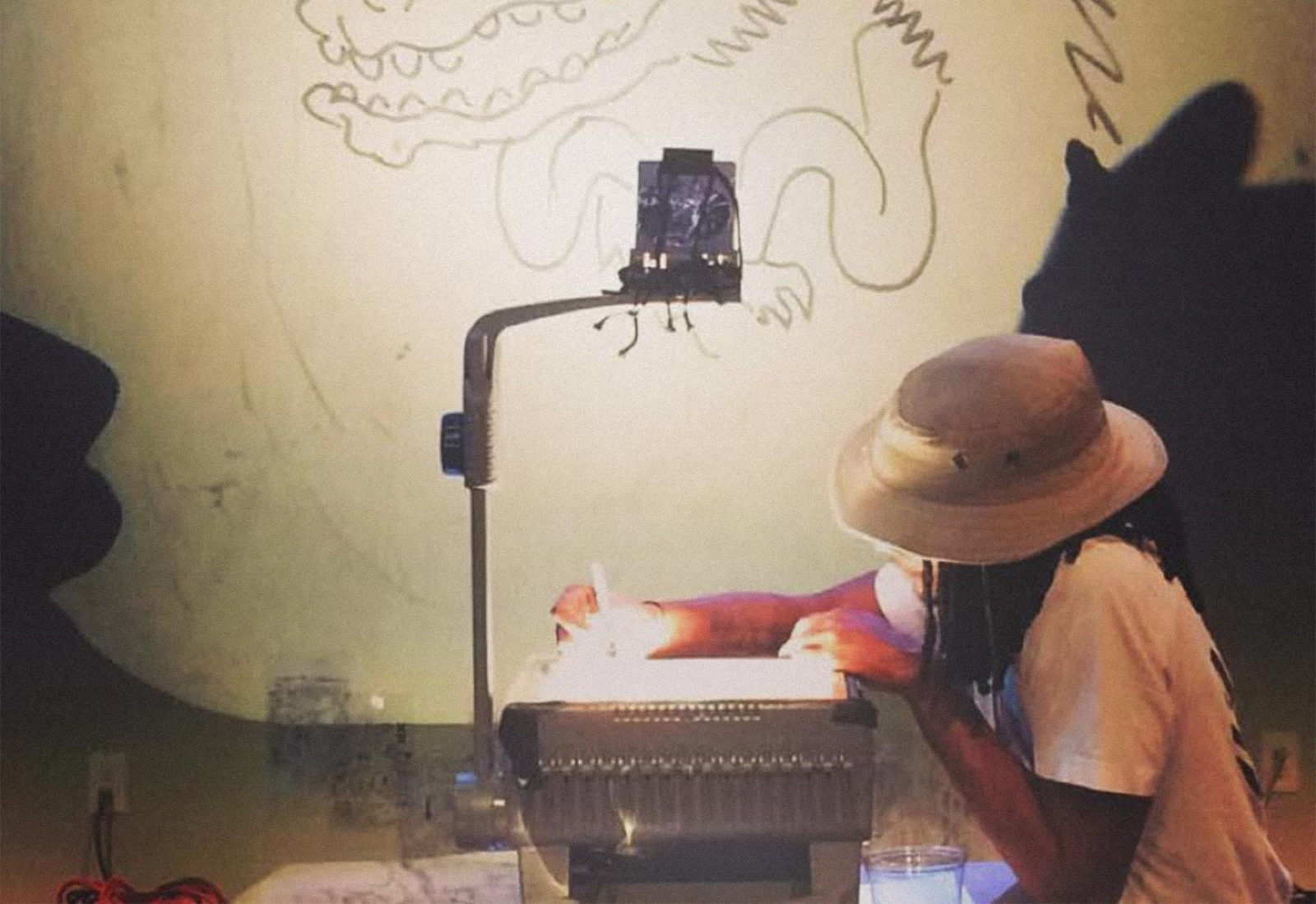April 30, 2017
Employee Profile: Brandon Roache
Brandon Roache is our Youth Program Coordinator at Urban ArtWorks, and an incredible artist to boot. We asked him for his thoughts on public art and its role in creating engaged communities:
How did you find out about Urban ArtWorks?
My first day in Seattle I was taken to Cal Anderson Park, where I found this building covered in murals. After spending a while staring, I noticed the signature of Urban ArtWorks.
Tell us about yourself, where did you grow up / how did you find yourself in Seattle?
Born and raised in the South Bronx New York City. After receiving my Degree in Fine Arts, I decided to visit a friend of mine who had just moved out to Seattle. And after seeing all the murals and the waterfront I decided to stay.
Where do you get your inspiration from as an artist?
In my personal practice I grab a lot from graffiti and minimalism. I do my best to build a personal library of images to express ideas, narratives or messages.
What are your thoughts about public art as a tool to reach young people- specifically the adjudicated youth that Urban ArtWorks employs?
I think public art is in the ideal art form because there is no elitism; its purpose is bring communities together and encourage creativity. What’s better than that?
Tell us something cool that you’ve learned about one of the current young people in our program?
That Javier (17 years old) is already out doing commissioned work and is doing an amazing job at it.
What direction would you like to see public art in our city go?
I’d like to see Urban ArtWorks develop into an organization with multiple locations across the states doing the positive and creative work in communities that we are already known for here.
I personally am extremely interested in the development of rotating walls (short lived murals) that would be ever-changing with the community, allowing there to be a conversation with the community based on the politics, weather, science, and other social constructs that can be tackled by local artist and even visiting artists.
I love the idea of neighborhoods like Ballard and Georgetown having a wall that would act as a megaphone for the people in that community. Ultimately that is the direction I’d like to see Seattle public art move towards.


